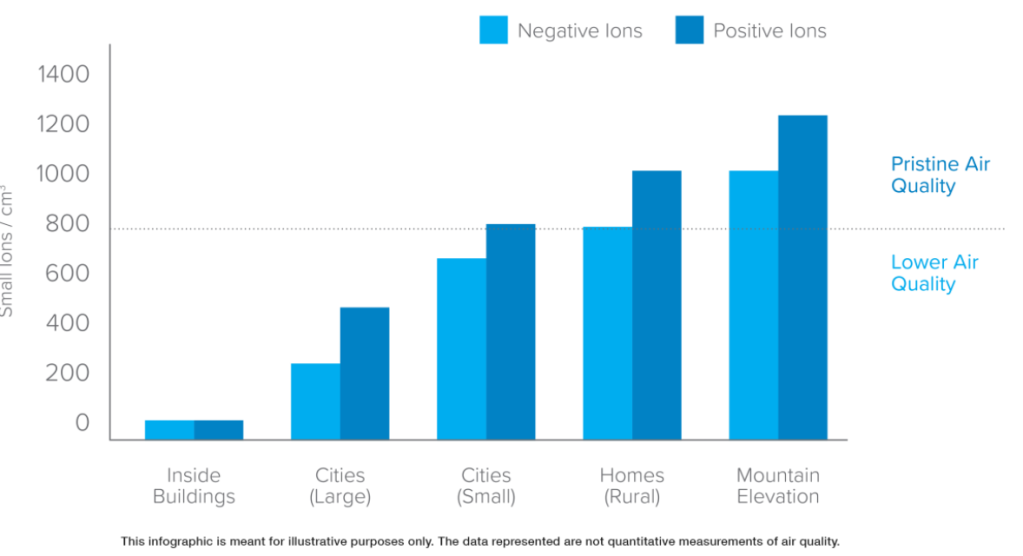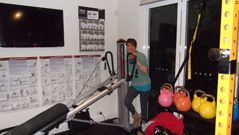NZ Government relaxes Covid restrictions March 26,2022
That is welcome news but how does that make life safer in New Zealand?
When you think about it, protections that were in place didn’t actually protect anyone, it was mainly a way of tracking the effects of the virus and reducing physical contact to minimise spread. The best protection is to remove and eliminate the pathogen. This did not happen in most cases.
So now they say we should be learning how to live with the Virus. WHY? Because we know that Omicron is not going to be the last variant. No one knows what the next variant will be nor its affects.
Case numbers are still high, meaning Coronavirus is still active in the community and can walk in your door at any time.
Despite several scientists around the world concluding that improving ventilation and using HEPA Filters will provide protection, it just doesn’t make sense scientifically. Fresh air may dilute the virus and HEPA Filters may trap virus in the air that reaches a HEPA Filter, but neither will neutralise the virus. If someone is in the path of a viral load, these measures will not work and may make transmission worse.
Despite the Victoria Department of Education and Training Victoria selecting and installing Samsung Consumer model HEPA Air purifiers in school classrooms, Covid has dramatically increased in those schools. The Guardian Australia reports on 25 March 2022, that “Rising Covid Cases force some schools in NSW and Victoria to return to remote learning.” The NZ Ministry of Education purchased 5000 of the same units under emergency procedures for New Zealand Schools. No doubt that we will see similar results.
If you are opening your business for, hopefully full capacity, what can you do to make it as safe as possible?
Its time to do something different.
Look for an air purification system that uses Dielectric Barrier Discharge BiPolar (DBD BPI) ionisation. These systems can be installed in any indoor air space that removes up to 99.9% of COVID-19 virus from circulating air and surfaces. An all-natural solution with no harmful chemicals, radiations, or by-products. One of the advantages of the Dielectric Barrier Discharge Bipolar ionization process is that it allows air purification to occur within the desired space, treating a larger volume of air, instead of relying on contaminants passing through the air handler unit or filter to be cleaned.

This technology will future proof any indoor space and be effective against any variant.
Solutions can be standalone non-ducted systems, floor, wall or ceiling mounted or if you have an HVAC system can be installed into your existing ducted system.
Dielectric Barrier Discharge Bi-Polar technology (DBD BPI) has been around for over 70 years with proven results, peer reviewed studies and laboratory certifications. This technology should not be confused with any other type of Bipolar Ionisation products on the market that are “emerging” technologies and are questioned by experts around the world for safety and efficacy.

Many business people and institutions have chosen to install DBD BPI to provide the best possible Indoor Air Quality. For example:
Office Buildings
- Deloitte
- Empire State Realty Trust
- Cosentini Associates
- Ford
Travel and Cruise Ship Lines including
- Celestial Cruises
- Virgin Cruise lines
- Norwegian Cruise Line Holdings (28 Ships in Fleet)
- Antartica21
- LAX and La Guardia airports
Stadiums such as:
- DCI Events Centre
- Staples Centre and more
Multiple Schools and Universities in the USA
Major Hospitals in the USA.
These Companies have made an educated decision to use DBD BPI technology to provide the safest Indoor Air Quality for their people. This is available in New Zealand and Australia to suit any size space for a modest investment. Let’s make our indoor spaces as safe as possible.

DBD BPI technology has been tested to show improvements to indoor air quality when increasing ambient ion output levels between 800 and 1,500 ions per cm3. At these ion saturation levels, the technology has shown an 85.8% reduction to 0.3 micron particles as tested by Intertek to ANSI / AHAM AC 1 method, an average 90% reduction in VOC compounds as tested by Syracuse University to ANSI / AHAM AC 2 and ATL testing which shows a 99% reduction in aerosolized MS2 Staph and Ecoli within the air, method all standardised protocols.
Using a high-quality Laboratory Ion Testing unit the Ion count in a space can be measured and will normally be 2 to 3 times the amount considered as capable of neutralising Coronavirus.
The impact of other purification measures can not be tested in this way.
In summary, to reduce the risk of transmission indoors HEPA Filtration and increasing fresh air ventilation do not neutralise viral load. DBD BPI has been tested to remove up to 99.9% of COVID-19 virus from circulating air and surfaces.
Written by Greg Doherty CEO and Director of HQH Fitness.




























